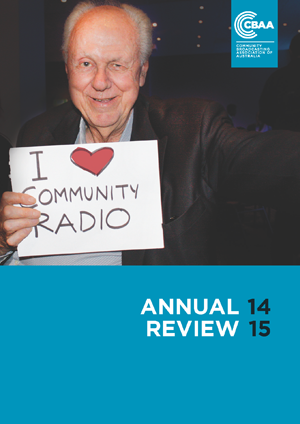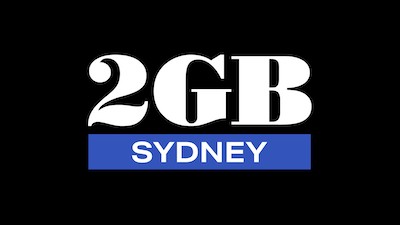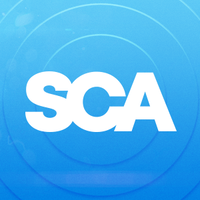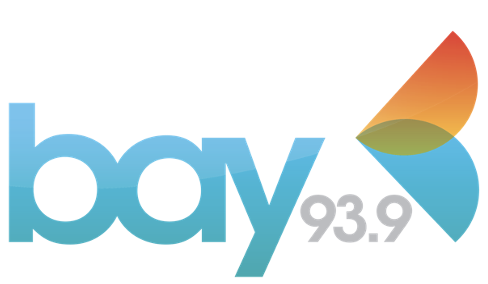CBAA Financials reflects Community Broadcasting Growth

The 2014/15 annual financial report by the Community Broadcasting Association of Australia (CBAA) reflects how the community radio sector is in growth.
In the financial year, the CBAA generated $8.6 million compared to $6.8 million in the previous year.
Spending on projects and services was up to $6.3 million from $4.7 million. Total expenses were $8.5 million, a substantial increase from the $6.6 million of the previous year.
In this period, the association received grants worth $8.6 million while membership fees totalled to just over $1 million.
In 2013, the CBAA began to develop a 2015-18 strategic plan, after discussions at its conferences, interviews with sector organisations and independent workshops. The plan was launched this February.
CBAA CEO Jon Bisset said, “This has been a very busy, a very exciting and a very successful year.”
The year started with a Commit To Community Radio campaign after the Commission of Audit’s recommendations to cut the sector’s funding.
As a result of its first membership survey in 2014, the CBAA rolled out a new brand identity that gave it a more cohesive take on its activities and speak with one voice. It reviewed its research strategy, changed its travel subsidy scheme for members to attend its annual conference, and provided workshops to member stations on issues as finances, technical, listener research and station sponsorship.
It had a record number of entries for its November community radio awards, and created new content initiatives including the National Features and Documentary Series and CRN Segments.
It also continued to contribute to the Community Broadcasting Sector Roundtable to develop a vision that community broadcasting “contributes to, and is a reflection of, an Australia that is an open society, a strong democracy and a vibrant culture.”
Statistics released by the CBAA earlier this year showed that more people (over 5 million) were tuning into the 444 community radio services across the country a week, and for a greater time (17 hours). 33% of listeners aged between 15 and 24 tuned in to support Australian acts. Students and listeners in metro areas also primarily listened for specialist music programs and Australian music.


